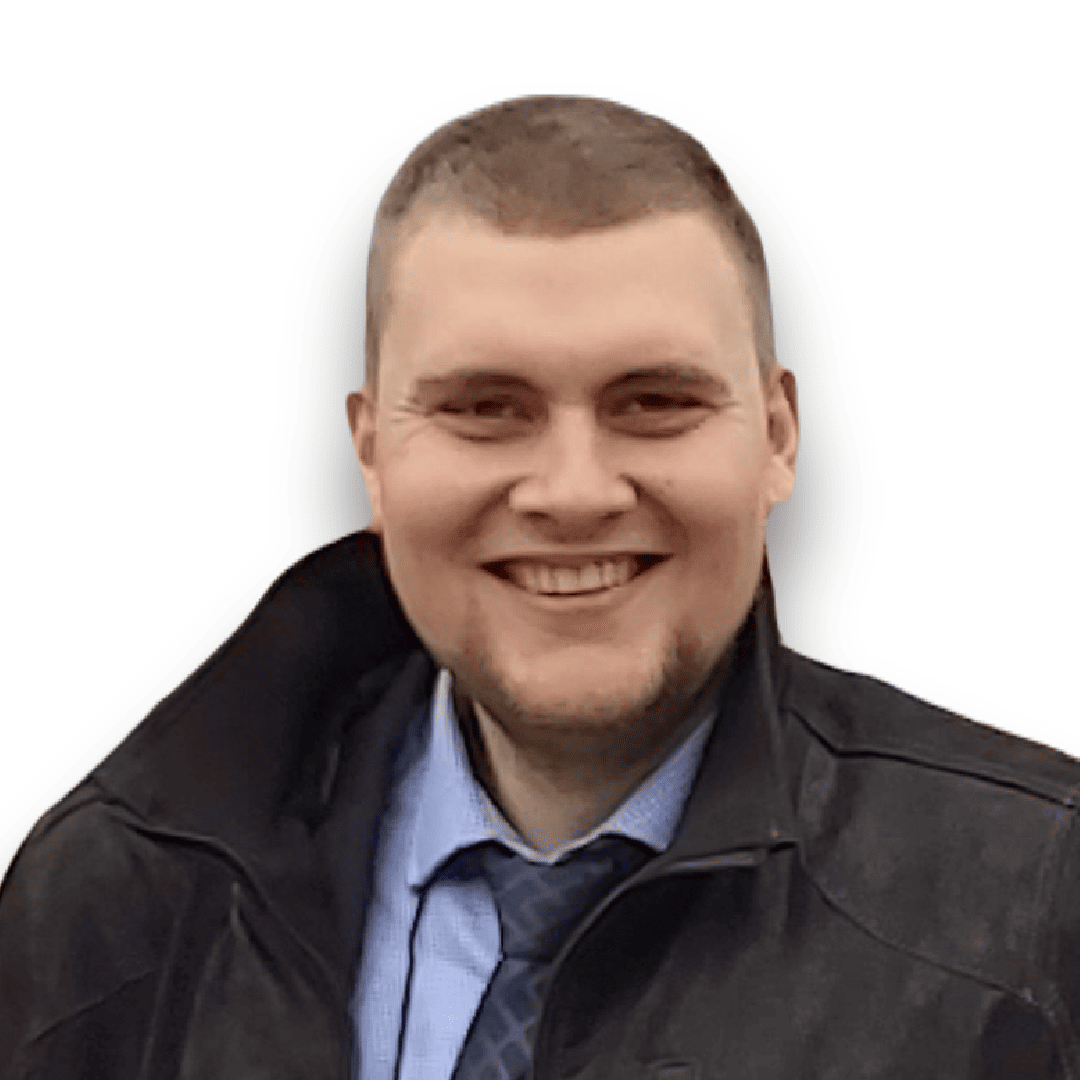
Assistant Professor
KGHM CUPRUM Ltd. Research & Development Centre
PhD Krzysztof Fuławka is an Assistant Professor in Rock Engineering Department of KGHM CUPRUM Ltd. R&D Centre and vice-chair of the European Underground Laboratories Association (EUL). He has participated in numerous international national and international research projects financed by EU commission and Polish Research and Development funds. Author of numerous research reports, scientific papers and pre-feasibility studies. His background is rock mechanics and numerical modelling as well as blasting technology.
Passive monitoring systems aimed at the identification of geomechanical hazards.
Carrying out large-scale mining at great depths is associated with disruption of the stress state in the rock mass. This situation causes a significant weakening of the strength parameters of the rock mass, which results from the formation of areas of stress concentration and rock deformation around the excavations. Unfortunately, tracking stress and deformation changes using commercially available monitoring systems is a complicated and expensive issue, which determines the impossibility of conducting this type of measurements in regular mining operation. Muographic technology may be a breakthrough, as it enables profiling of the rock mass and continuous, passive, three-dimensional monitoring of density changes without disturbing the continuity of the exploitation process. As previous experience with the use of muography technology shows, changes in the density of the rock may be related to the stress concentration induced by mining activities and may also be helpful in identifying fault zones and strongly fractured parts of the rock mass. Moreover, the use of this type of measurements can contribute to better recognition of water and gas threats by non-invasive identification of areas characterized by lower density. This study presents the characteristics and assumptions of the muographic system, which was installed in the workings of the Lubin mine in order to conduct pilot measurements of changes in the density of the rock mass.
Use of underground excavations for research and education purposes
Underground mines are a vital part of the European raw material industry. The subsurface mining process is related to the large-scale development of underground structures like tunnels, chambers, workings, etc. These structures are abandoned or liquidated during the process of exploitation or after the termination of works. Still, due to the unique environment, post-mining facilities may be adopted for different purposes. There are few examples of implementations of this capacity in practical terms such as underground laboratories (ULs), energy storages, landfills of dangerous wastes, or food production plants. Unfortunately, the unique environment offered by underground space is also related to the occurrence of exceptional hazards, like seismicity and ground control problems, gases, floods, the lack of natural ventilation, and high temperatures. This results in low interest in investing in such facilities. Within this presentation, selected ways to repurpose underground mines have been presented, and possible challenges that need to be faced have been described.
